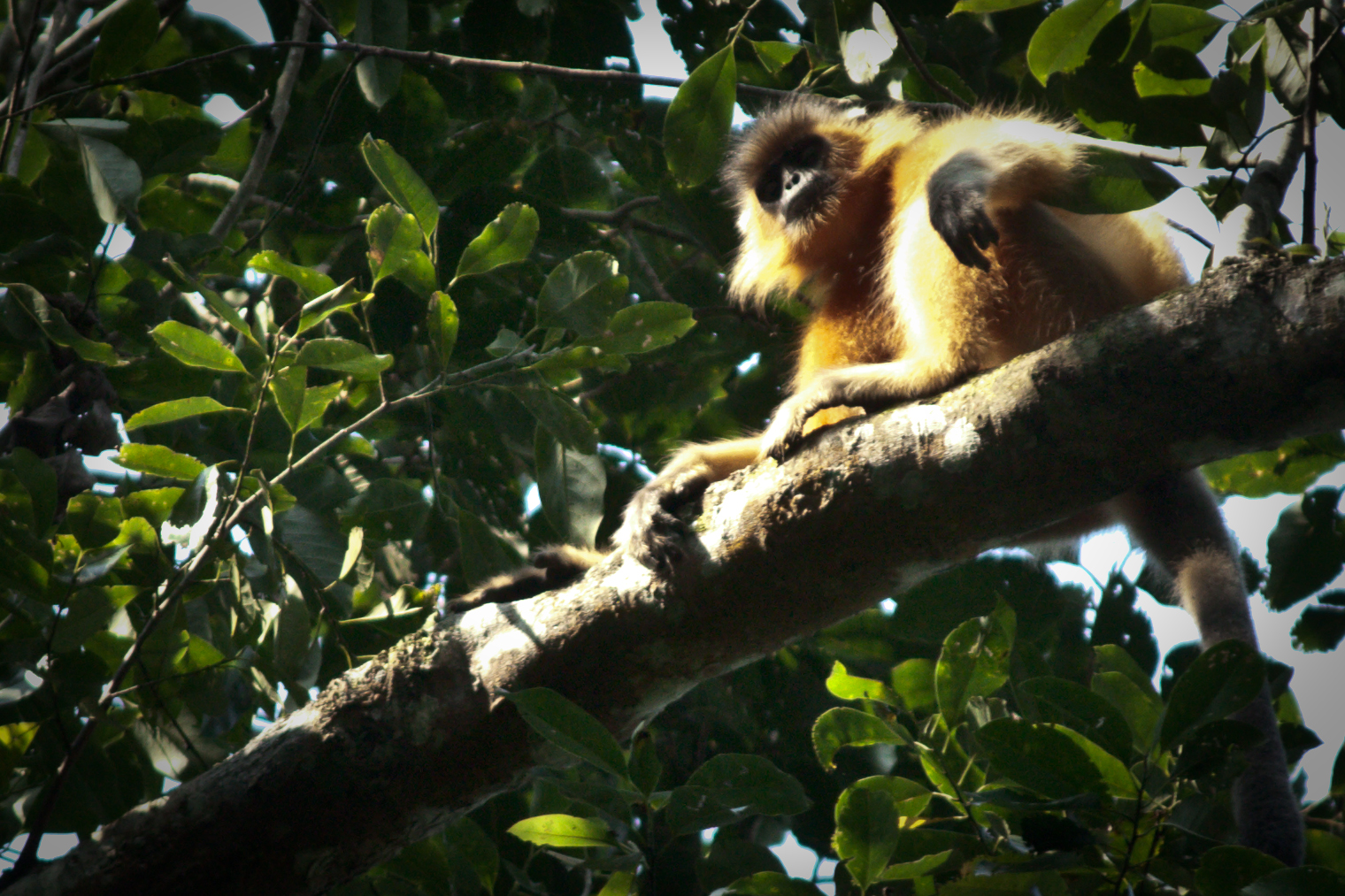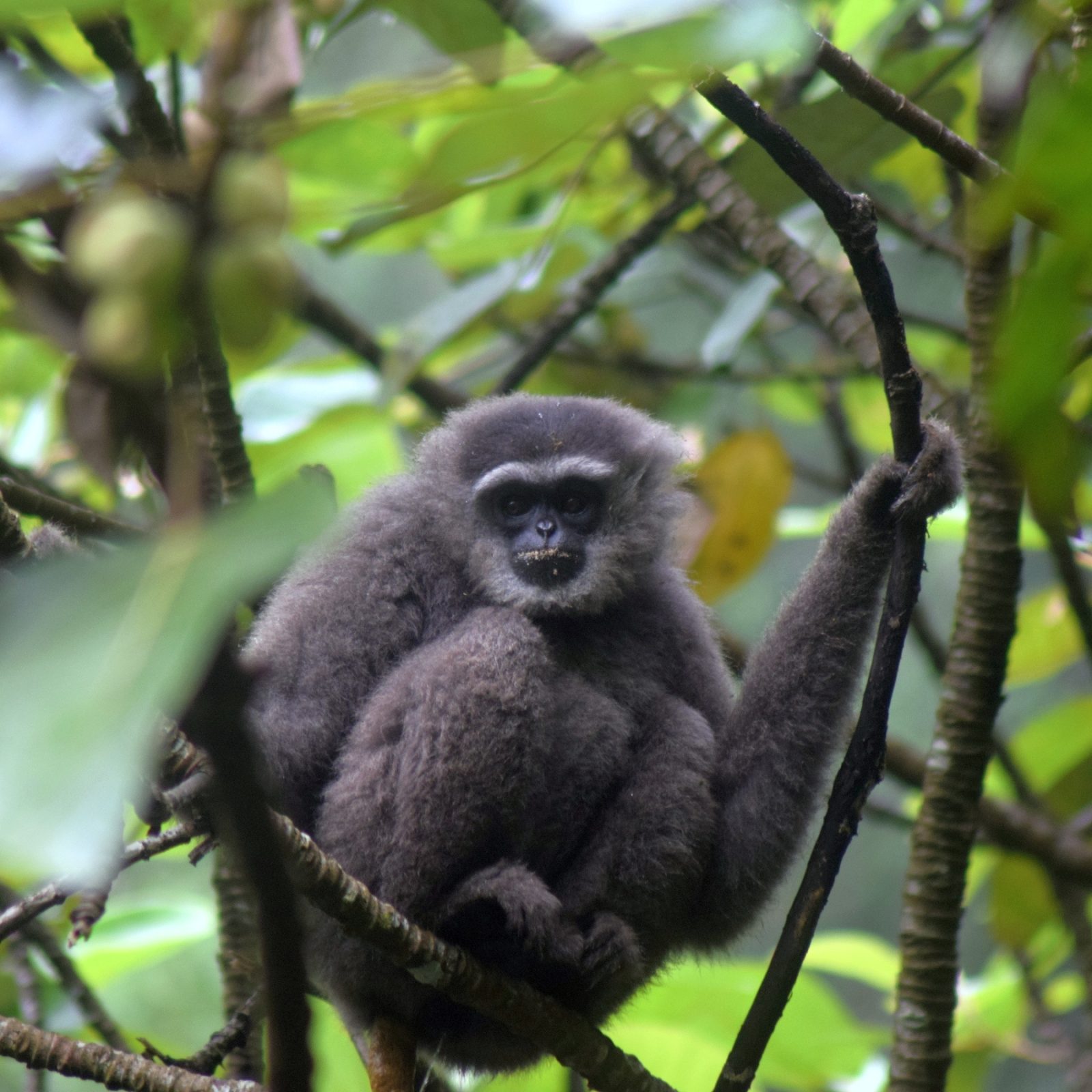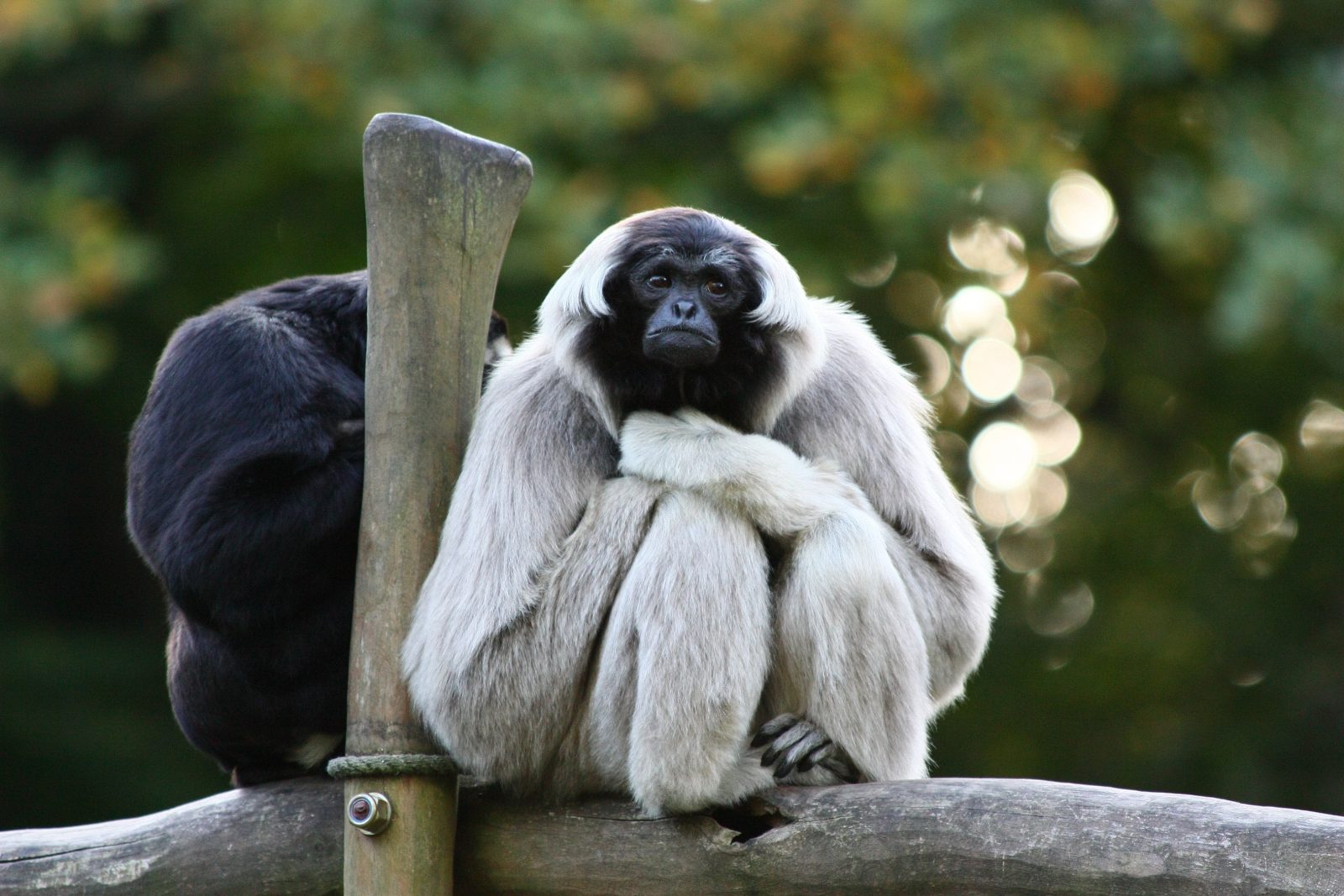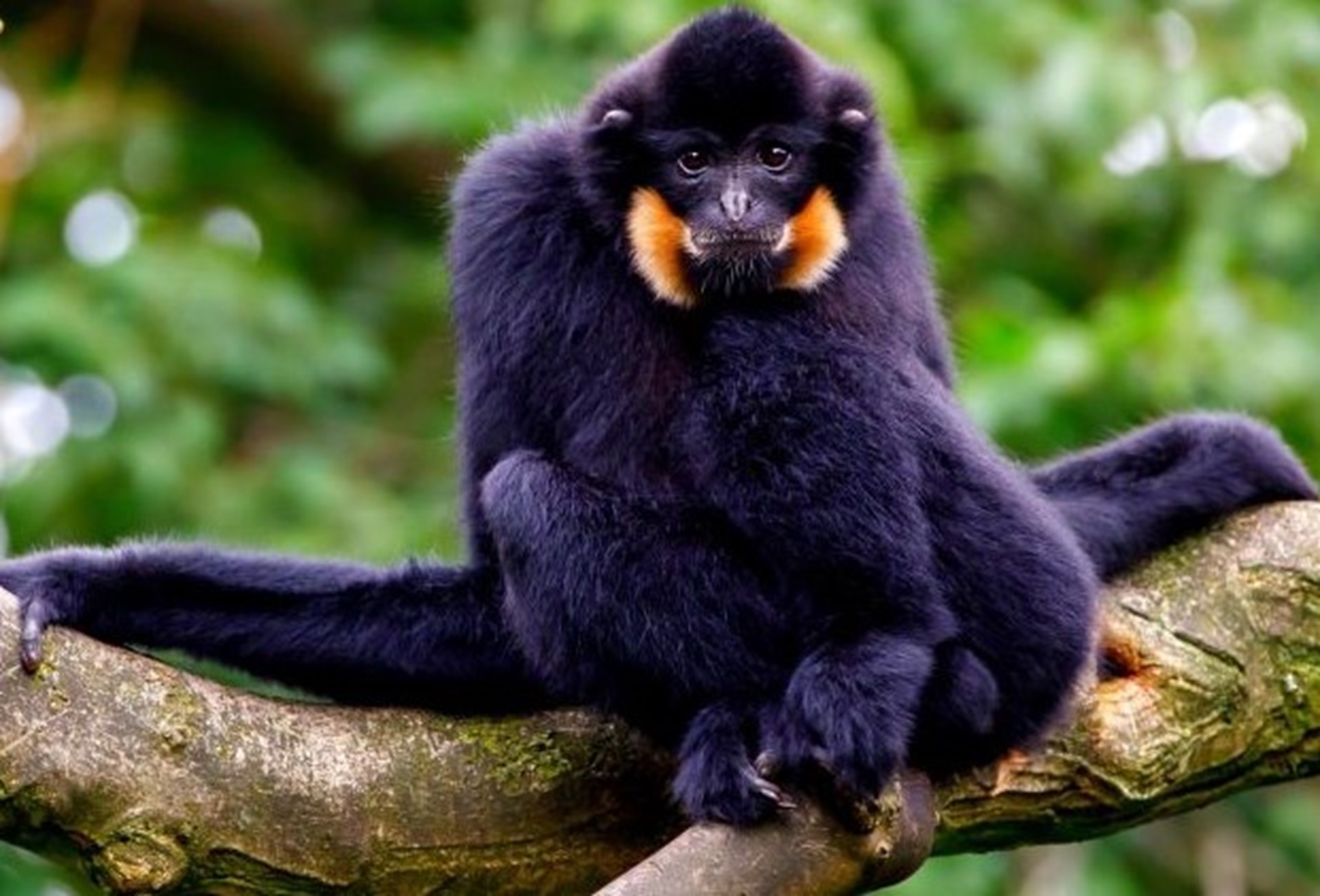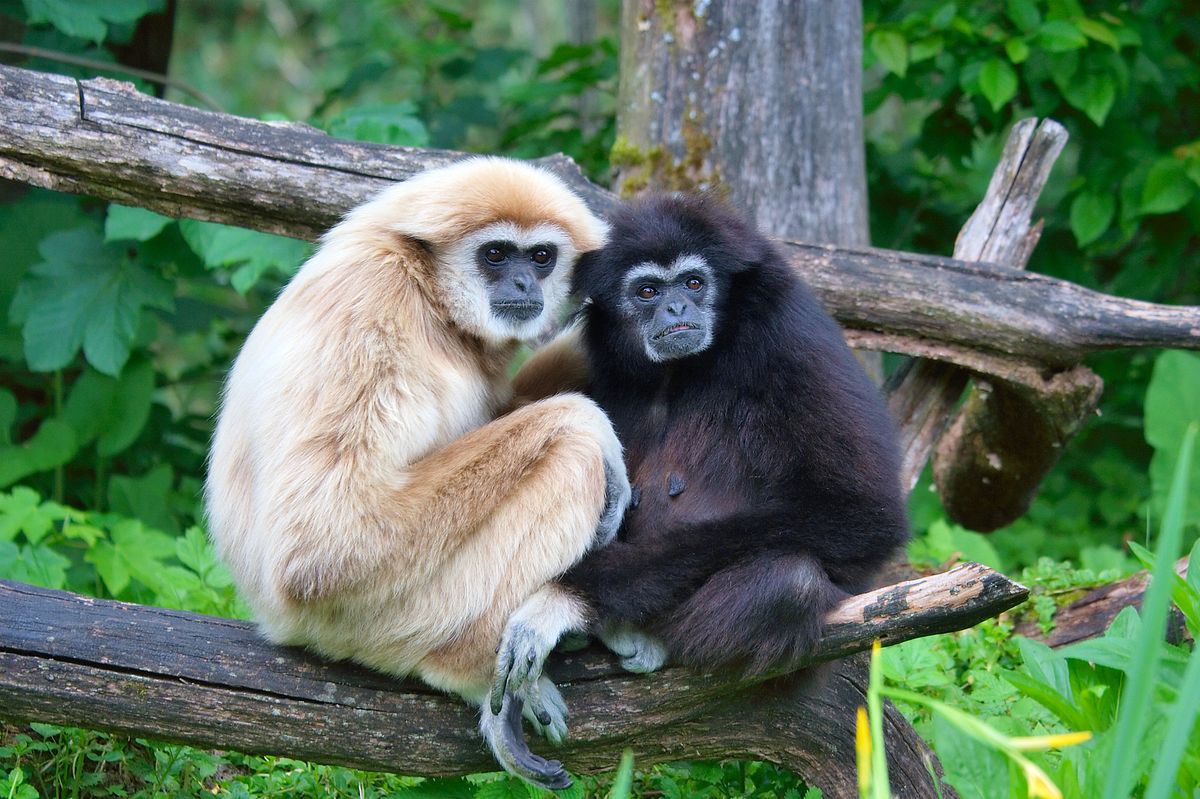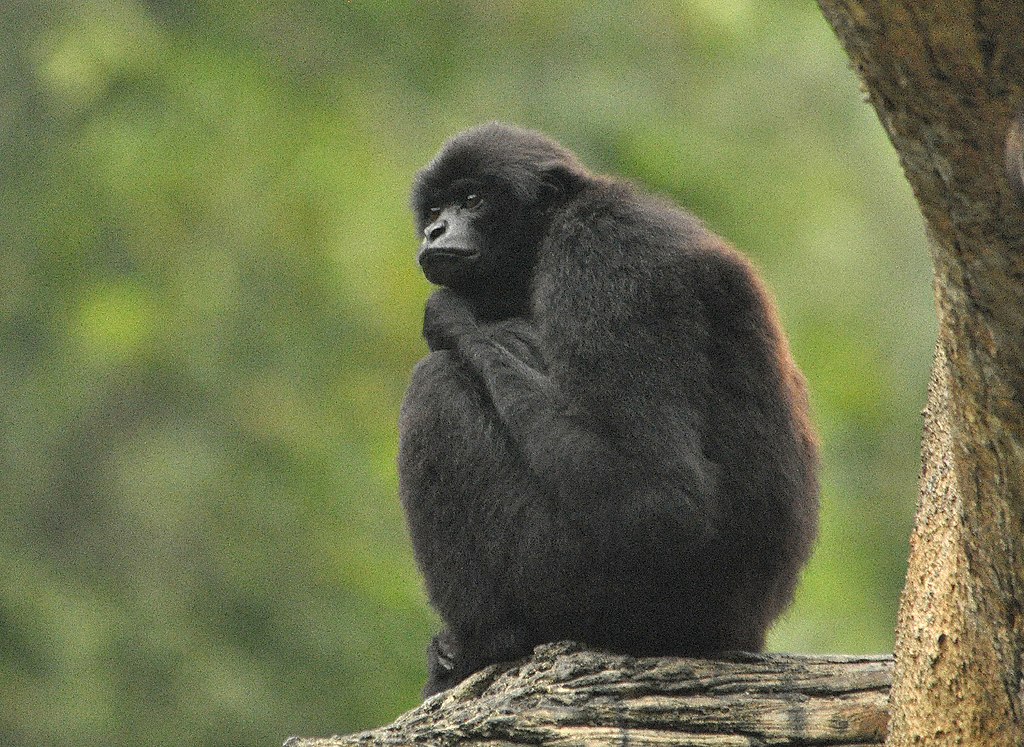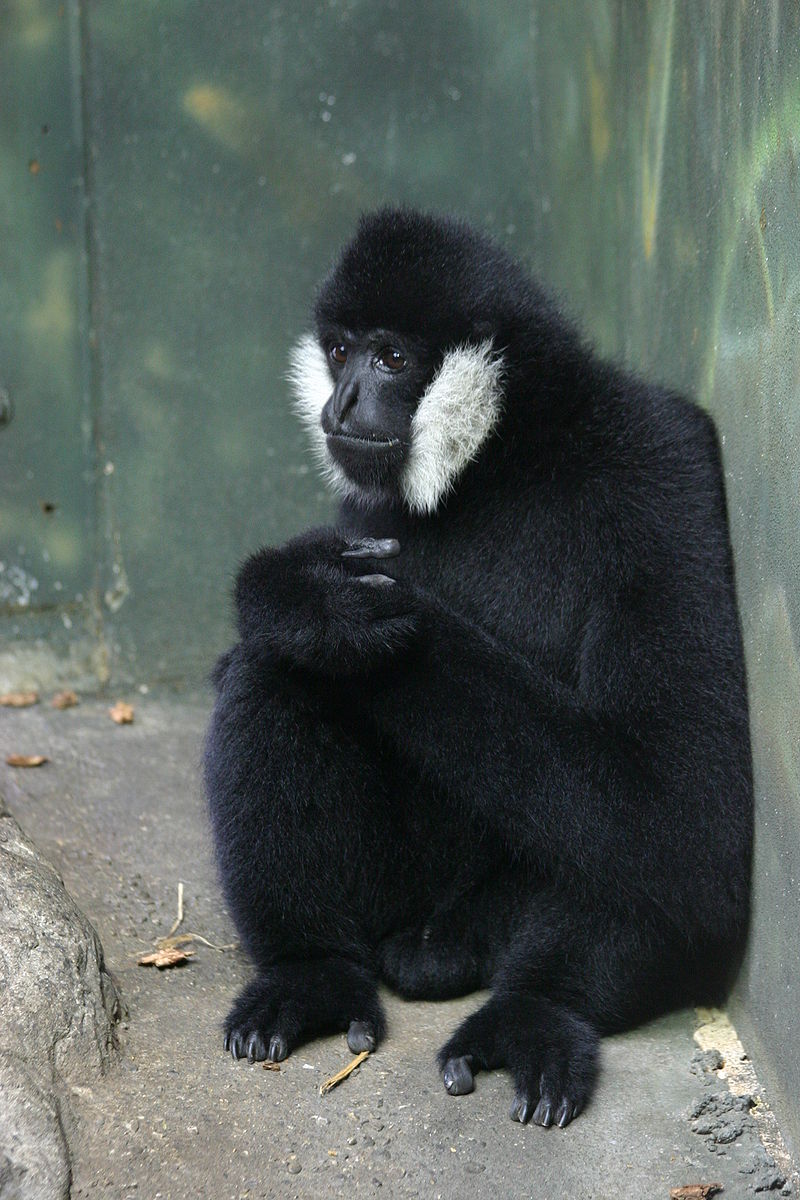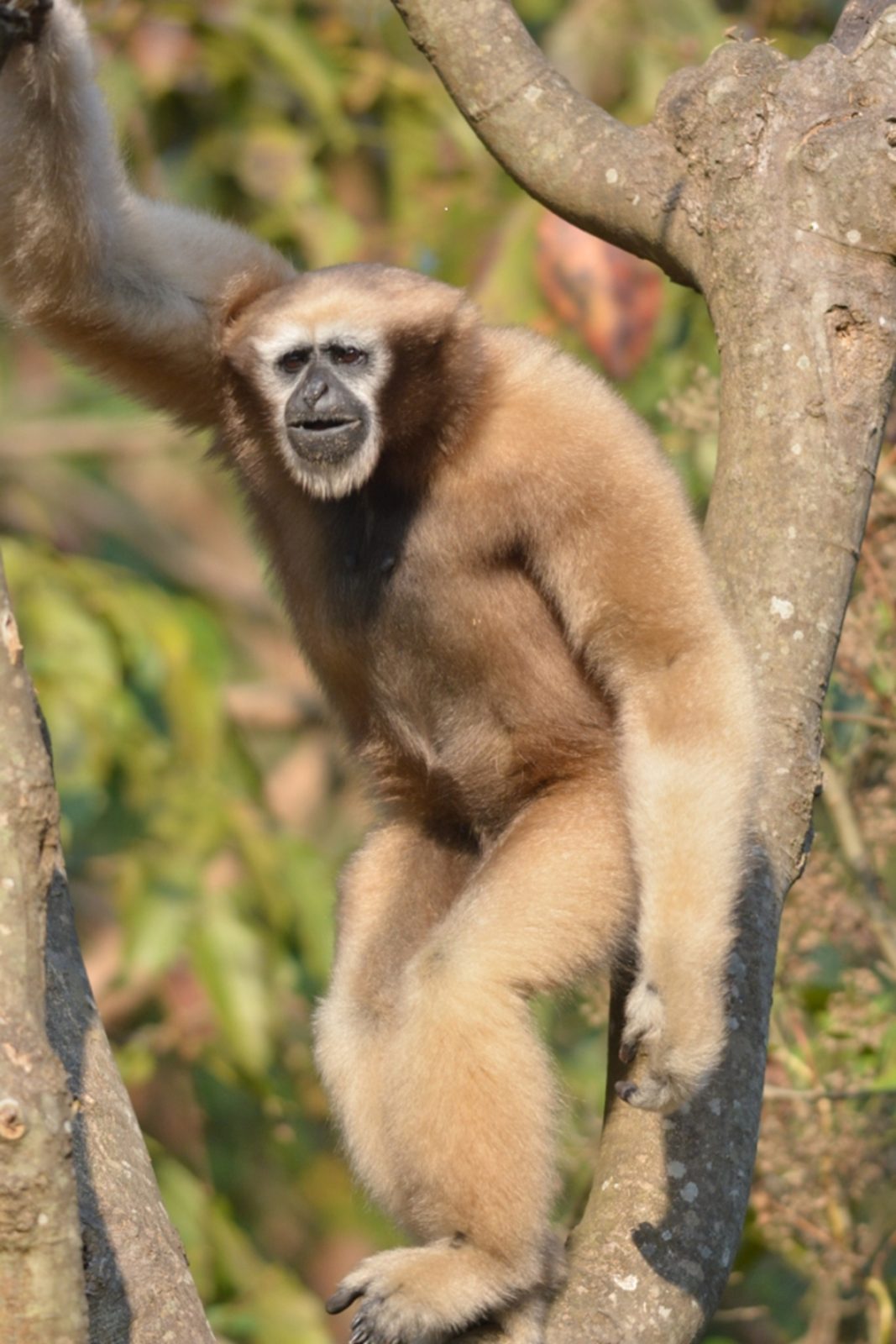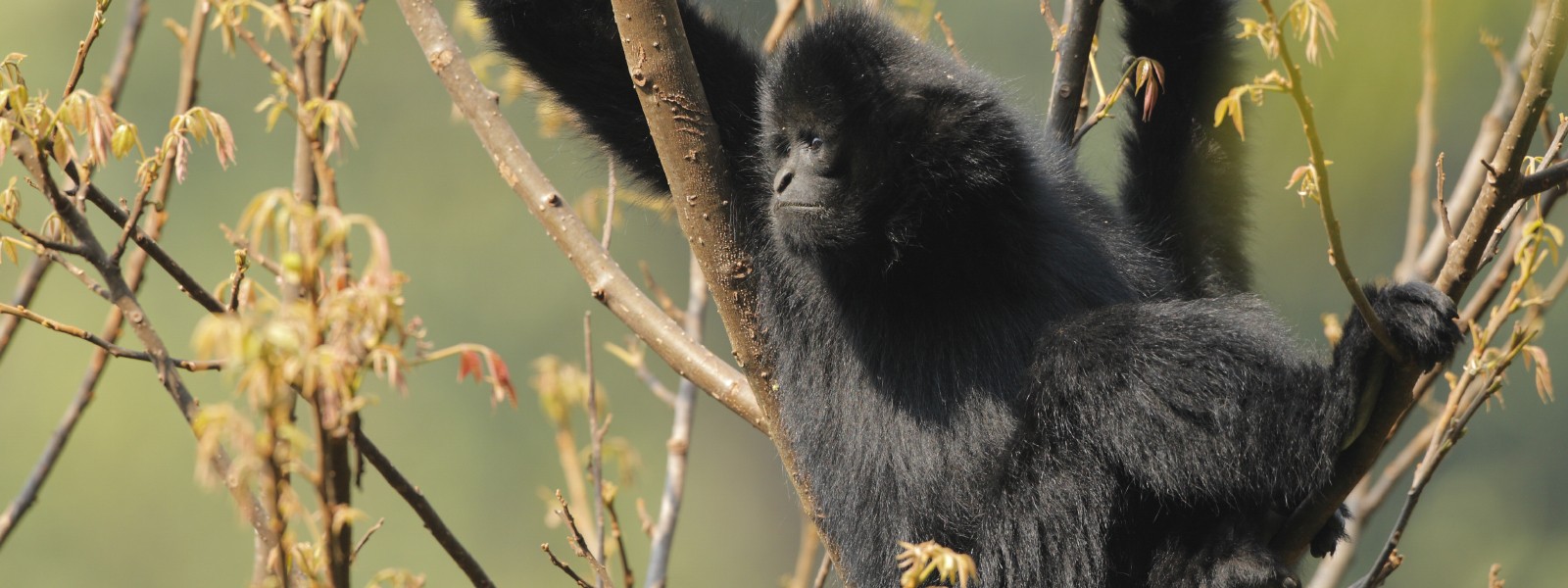
This species was already only thought to have a wild population of 120, however the population has been found to have fallen to just 74 (a 38% reduction).
Just found in a fragment of rainforest on the Vietnam – China border, the remaining population is estimated to live in 11 family groups.
Surveys are capable of being done remotely, as the gibbons call loudly at certain times of the day (dawn) allowing them to be counted. Importantly, they have been able to “fingerprint” each of the gibbons by their unique calls. This means that a few handfuls of directional speakers should allow the ability to keep track of individuals across the whole forest (without having to put large numbers of researchers in the field each day.
To hear these creatures yourself, play the video above.
Once thought to be the same species as the Hainan black crested gibbon. It seems that this was an early false belief. This species will be added in the year future (indeed, if I succeed, its page will exist before this article goes live)

